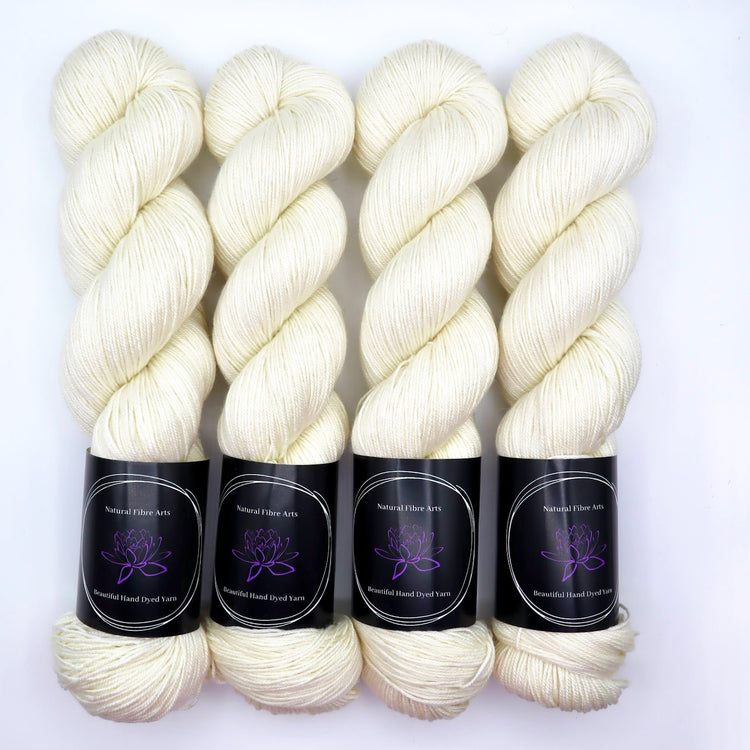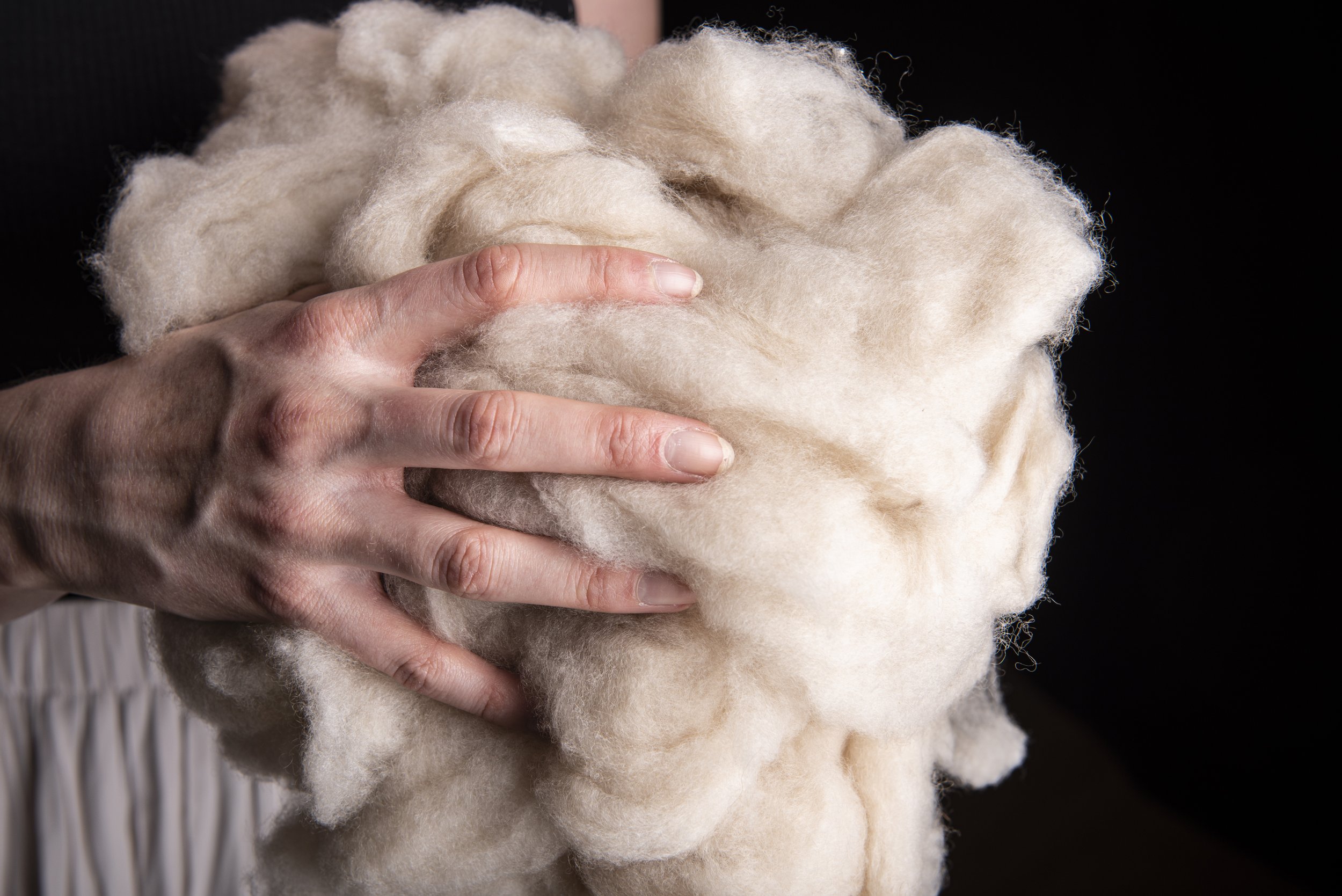The Intriguing World of cashmere: Understanding Its Material and Uses
The Intriguing World of cashmere: Understanding Its Material and Uses
Blog Article
Understanding the Various Kinds Of Cashmere a Natural Fiber and Their Unique Advantages

The Beginnings of Cashmere: A Historical Review
While the glamorous touch of cashmere remains to charm modern-day consumers, its beginnings trace back to the severe, cool climates of Mongolia and the Mountain ranges. For centuries, the aboriginal peoples of these areas have actually been raising Capra Hircus goats, the prime resource of cashmere woollen. These goats, resilient against the extreme winter seasons, expanded a great undercoat to survive, which later ended up being referred to as cashmere. The name itself admires Kashmir, an area in India where the woollen was at first processed. Much of the very early cashmere profession path was promoted by the Silk Road, connecting Asia with the Middle East and Europe. Despite its worldwide spread, the finest cashmere is still thought to stem from the initial regions of Mongolia and the Mountain Ranges.

The Production Process: From Goat to Garment
Shearing a Capra Hircus goat marks the beginning of the elaborate cashmere manufacturing process. This delicate treatment usually happens annually throughout spring. The fine, soft undercoat is after that separated from the coarser outer hair, a procedure called dehairing. The resultant raw cashmere is after that washed to remove pollutants such as grease, dust, and vegetable issue.
The clean fiber undergoes dyeing, spinning, and weaving, or knitting, to transform it into a textile. Complicated treatments like quality assurance checks and completing processes comply with, making sure the end product maintains the luxurious standard expected of cashmere. This meticulous procedure, from goat to garment, justifies the high cost affixed to cashmere products, making them a symbol of luxury and improvement.
The Numerous Sorts Of Cashmere: A Thorough Evaluation

The One-of-a-kind Advantages of Cashmere: Comfort and Sustainability
Moving from the range of cashmere types to the advantages they offer, comfort and sustainability stand out prominently. Cashmere, a natural fiber, is renowned for its exceptional softness, providing a level of convenience that artificial fibers can't match.
When it comes to sustainability, cashmere is eco-friendly and eco-friendly, as it's gathered from cashmere goats that regrow their layers every year. what is cashmere. Unlike synthetic fibers which can take centuries to decay, cashmere's effect on the atmosphere is minimal. This combination of comfort and sustainability makes cashmere a helpful option for mindful consumers

Taking Care Of Your Cashmere: Upkeep and Preservation Tips
While cashmere is most certainly a lavish and lasting choice, it needs specific like keep its high quality and extend its lifespan. To begin, cashmere ought to be hand cleaned making use of chilly water and a mild cleaning agent. Stay clear of twisting or websites wringing the garment as it can damage the fibers. Rather, carefully squeeze out excess water and lay it level on a towel to dry. Cashmere items should be saved in a find out here awesome and completely dry area, away from direct sunshine and moisture. Utilizing moth repellents can protect these garments from potential damages. It's recommended to avoid hanging cashmere to avoid stretching. Rather, layer and store them correctly to keep their shape and quality in time.
Spending in Cashmere: Comprehending Its Worth and Well Worth
Although cashmere may at first seem like an expensive financial investment, its long-term worth and worth ended up being evident when you consider its exceptional qualities. Known for its exceptional gentleness and warmth, cashmere is a costs natural fiber that exceeds other products. Investing in cashmere, consequently, is not just concerning present style trends, yet regarding welcoming a sustainable, durable, and extravagant lifestyle.
Final Thought
In recap, the type of cashmere one chooses, be it Mongolian, Chinese, or Italian, is dictated by specific choices for heat, luxury, budget, and sustainability. Comprehending the beginnings, manufacturing procedure, and one-of-a-kind advantages of various types of cashmere can direct consumers in their investment in this extravagant natural fiber.
Whether Related Site it's the outstanding heat of Mongolian cashmere, the cost of Chinese cashmere, or the eco-conscious production of Italian cashmere, there's a tale to be uncovered behind each fiber kind. Cashmere, a natural fiber, is renowned for its exceptional softness, offering a level of convenience that synthetic fibers can't match.When it comes to sustainability, cashmere is biodegradable and eco-friendly, as it's gathered from cashmere goats who regrow their layers every year. Known for its unrivaled softness and heat, cashmere is a premium all-natural fiber that outmatches various other materials. Comprehending the origins, production procedure, and unique advantages of different kinds of cashmere can assist consumers in their financial investment in this elegant all-natural fiber.
Report this page